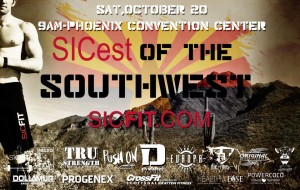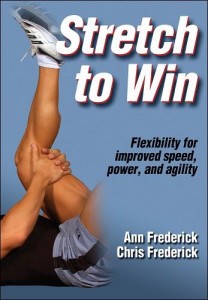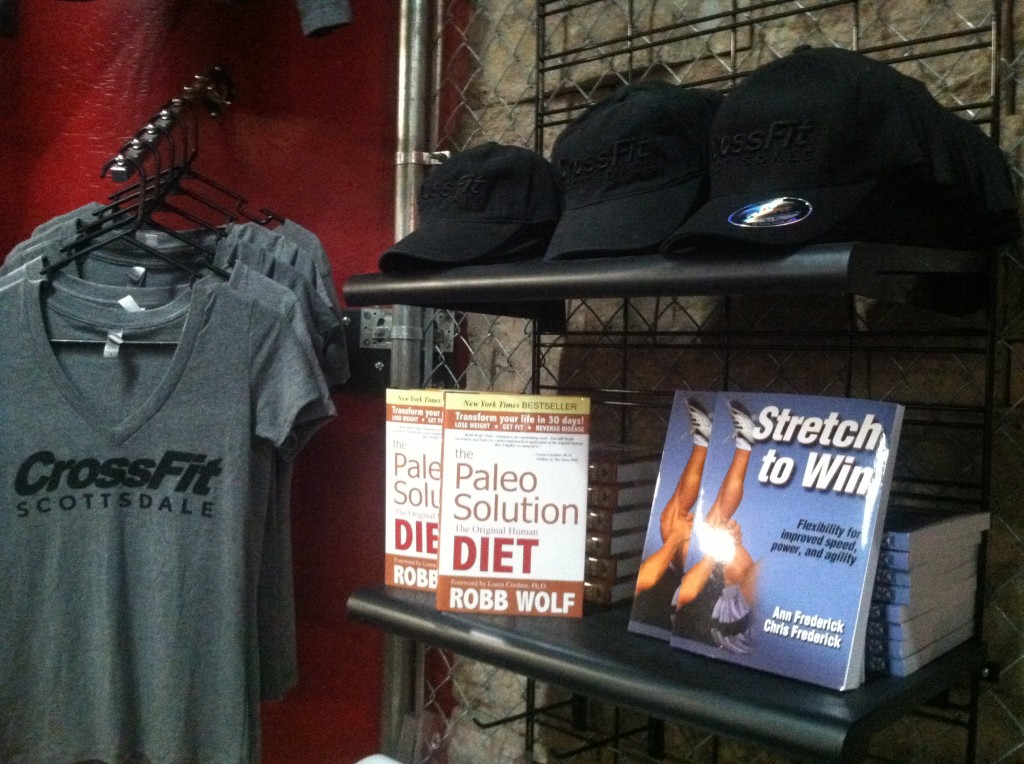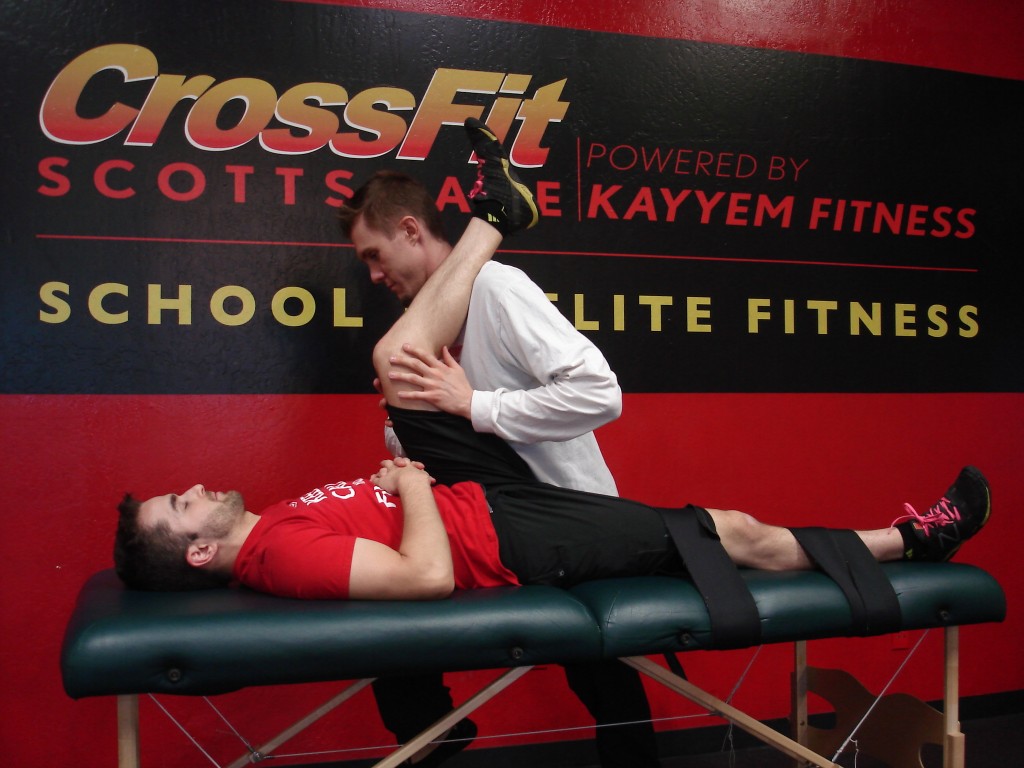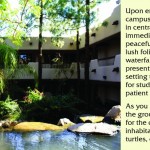About SI
Structural Integration (SI) is a somatic practice utilizing fascial manipulation, awareness, and movement education. It is practiced in an organized series of sessions and individual sessions within a framework designed to restore postural balance and functional ease by aligning and integrating the body in gravity. Structural Integration is based on the work of Dr. Ida P. Rolf. It is practiced by persons trained in Structural Integration at trainings, schools and institutions in accordance with the standards established by the International Association of Structural Integrators.

The Importance of SI
One important principle of Structural Integration is that the body is significantly affected by the powerful force of gravity. In a misaligned state, the body’s valuable resources are used inefficiently, laboring to keep a person upright in the field of gravity. In addition, the stresses of daily life, physical injuries, unhealthy movement patterns and attitudes are things that can take a toll on one’s physical structure. Over time, the body will shorten and tighten to accommodate stresses, creating stiffness, pain, fatigue and lack of well being.
A Typical Session
During the Structural Integration process changes in posture and structure are achieved by manipulating the body’s myofascial system. The focus of Structural Integration is on the fascia rather than on the muscles (as in massage). The fascia is a protective layer of connective tissue that surrounds each muscle and muscle fiber. Fascia gives muscles and bodies their shape and support.
Structural Integration practitioners use a range of techniques to lengthen and reposition the fascia and the body. The amount of pressure used and techniques applied varies. A practitioner may use slow, deep, stretching movements, or constant applied pressure. You may also be asked to move as pressure is applied or to stand and move during a session.
As tissue is being released, you may experience a variety of sensations ranging from warm and pleasant to uncomfortable. Your practitioner will apply appropriate pressure during the session based on your feedback so the pace of the session is under your control. Sometimes, as the tissue is released and balanced, clients experience the release of emotions, memories or traumas that have been stored in the fascial tissue. Such releases can create the opportunity for change and/or resolution surrounding the issues presented.
Movement education may also be a part of your Structural Integration series. Your practitioner can help you become aware of your habitual and inhibiting movement patterns and help you change these patterns to achieve more fluid movement. Movement education can affect your level of daily functioning by helping to change unhealthy patterns in common activities such as sitting, walking and breathing.
Structural Integration is typically performed in a series of ten to thirteen sessions to systematically release the myofascial tissue. Each session builds upon the last, addressing layers of tissue throughout the process. The series is designed to balance your body in segments, with each session addressing a different aspect of your structure and movement.
Though the Structural Integration series is designed to work in sequence, your practitioner will often recognize your unique needs and use their skills and experience to address those appropriately.
At the beginning of a series, your practitioner will often spend some time discussing your health and personal history. It is important that your practitioner know any information that has affected your physical structure, including major accidents, traumas, surgeries, conditions and diseases as well as any current medications.
Typically, sessions are done with the client in underwear or a bathing suit. Your practitioner will observe you standing and moving to assess balance, alignment, mobility and movement patterns. In some cases, if appropriate, photographs may be taken for the benefit of you and your practitioner.
The Benefits
The process of Structural Integration is an individual and personal process with a wide range of effects and benefits. In general, a body that is aligned and balanced in gravity moves with more ease, fluidity, efficiency and grace. Movement is a pleasure, breathing is easier and good posture is more effortless.
In addition, more efficient use of your muscles allows the body to conserve energy, and creates more refined and economical patterns of movement. This can result in increased levels of energy and alertness. Feelings of stress can also decrease while your level of relaxation can increase.
Structural Integration aims to affect the whole person, emotionally, physically and energetically, by way of altering the physical structure. Our emotions and behavior patterns for instance, are often related to our physical being. As impediments to balance are removed and the body comes into greater alignment, aspects of the self may also become more aligned.
An experience with Structural Integration may help release an individual’s potential, promoting positive change, lowering anxiety, improving sleep, increasing confidence, and maturing emotional expression. Finally, the Structural Integration series provides increased body awareness and presence allowing for a feeling of finally being—at home…in your body.
Who Benefits from SI?
All types of people have benefited from Structural Integration. Some come to ease chronic pain and stress; others are hoping to improve their athletic performance. Children and older people alike can benefit from improved structural alignment.
Structural Integration is contraindicated for those with infections, fevers, acute inflammation and recent trauma. Some forms of rheumatoid arthritis, severe osteoporosis or osteomyelitis are also contraindicated.

Ida Rolf – Creator of Structural Integration (SI)


